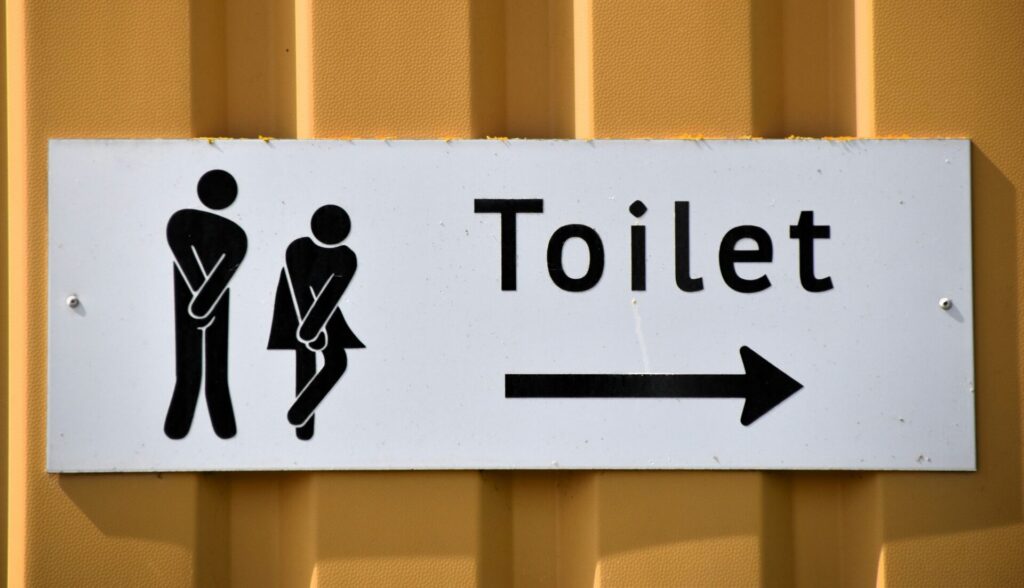You are jumping on the trampoline with the kids in your backyard and you feel the leakage of urine onto your underwear. You cross your legs and quickly get off to change your pants. Or, the bus is about to take off from its stop, so you run to catch it. Just as you reach the bus door, you realize you’ve leaked. This time you are wearing a pad because leakage has been happening more and more often. Contrary to what you may have been led to believe, urinary incontinence (UI) or the involuntary loss of urine is not a normal consequence of pregnancy and delivery, or aging in women. It isn’t something you should be made to live with, and you don’t have to suffer in silence. Pelvic floor physiotherapy is one of the conservative therapies available to treat female urinary incontinence.
Types of Incontinence

Stress urinary incontinence (SUI) is the involuntary loss of urine with activities that increase abdominal pressure, such as coughing, sneezing, laughing or jumping etc. Urge urinary incontinence (UUI) is the involuntary loss of urine when a woman has a sudden and strong urge to urinate. Some women describe having “key-in-the-door” syndrome where they have a sudden, uncontrollable urge every time they approach the front door and get ready to go inside their home. You may be suffering from a mixture of both SUI and UUI symptoms.
Pelvic Floor Muscle Dysfunction
UI may be a consequence of weakness or dysfunction of your pelvic floor muscles (PFM). These are muscles found in the outlet of the pelvis which support the pelvic organs including the bladder, uterus and rectum. They also control the openings to the pelvic organs, namely the urethra, vagina and anus. Some reasons the PFM may be strained include: from the effects of childbirth, nerve dysfunction, long-term struggles with constipation, chronic coughing, and pelvic organ prolapse.
As the PFMs are located inside the body, many women find it hard to know if they are contracting the right muscles. A physiotherapist with special women’s health training can assess your pelvic floor muscles with an intra-pelvic exam and teach you how to engage them properly.
How Does Pelvic Floor Physiotherapy Help Urinary Incontinence
Depending on the physiotherapist’s findings, your customized treatment plan to address UI may include any of the following:
- learn how to contract and relax the pelvic floor muscles properly
- optimize your breathing patterns
- build a home exercise program to strengthen the pelvic floor and other core muscles to improve support and control
- improve posture
- movement education including learning how to lift and handle pressure changes within your abdomen
- retrain the bladder and learn calming techniques when urge is difficult to control
- improve bowel habits to minimize straining
- pre-operative strengthening and preparation for those who may require gynecology surgery
If you need pelvic floor physiotherapy in Vancouver, consult physiotherapist Janet Leung at our clinic who is trained in pelvic floor muscle assessment and treatment. To schedule an appointment with Janet, please phone the clinic at 604-568-1337.
